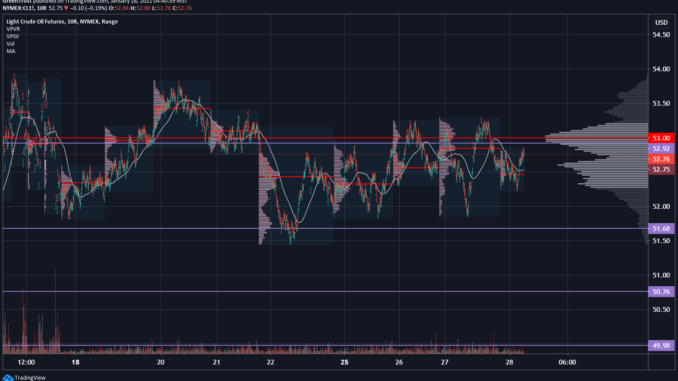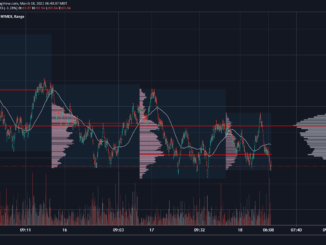
At 11:36 am Singapore time (0336 GMT), the ICE Brent March contract was down 27 cents/b (0.48%) from the Jan. 27 settle to $55.54/b, while the March NYMEX light sweet crude contract dropped 22 cents/b (0.42%) to $52.63/b.
The oil market participants grew concerned over slow vaccine distribution and vaccine shortages, which a report by the IMF warned could threaten financial stability. Fears of insufficient supply also exacerbated, as AstraZeneca’s coronavirus vaccine shortage caused by production delays was met with insistence by the European Union to honor delivery commitments.
“Oil is down today as fears of the slow pace of vaccine distribution and a shortage in vaccines have exacerbated coronavirus concerns, and have cast a dark cloud over economic recovery,” Vandana Hari, CEO of Vanda Insights, told S&P Global Platts on Jan. 28.
“The IMF financial stability report on Wednesday, warning of the risks posed by an inequitable distribution of vaccines, combined with escalating tensions between the EU and AstraZeneca over vaccine delays, has rattled the markets,” Hari added.
Meanwhile, on Jan. 27, the Energy Information Administration reported a 9.91 million barrels draw in US crude inventories in the week ended Jan. 22. It was the largest one-week draw since the week ended July 24 and left inventories just 6% above the five-year average, the narrowest supply overhang since early April.
The EIA draw was about 90% larger than the draw reported by the American Petroleum Institute a day earlier and surpassed analyst expectations of a 1.7 million-barrel draw.
The US crude draw, however, failed to significantly lift market sentiment, as the EIA report was not all bullish, showing a 2.47 million-barrel build in US gasoline inventories, with distillate inventories also declining only by a meager 820,000 barrels.
To this, Hari said: “The EIA crude draw did not elicit a significant reaction from the market as it did not necessarily point to improved fundamentals in the market. Rather the draw seems to have partly been caused by a combination of an increase in US exports and a decrease in US imports.”
According to data from the EIA, weekly US crude exports jumped 1.1 million b/d over the week ended Jan. 22, while imports declined 981,000 b/d.
Analysts, however, noted that despite uncertainties over the progression of the pandemic and vaccine distribution, the oil market showed remarkable resistance.
“I think ‘risk markets’ can thank their lucky stars that Saudi Arabia crystal ball outlook was clear as a whistle, and their proactive production cut measure buttressed investors from a more significant meltdown,” Stephen Innes, chief global market strategist, said in a Jan. 28 note.



